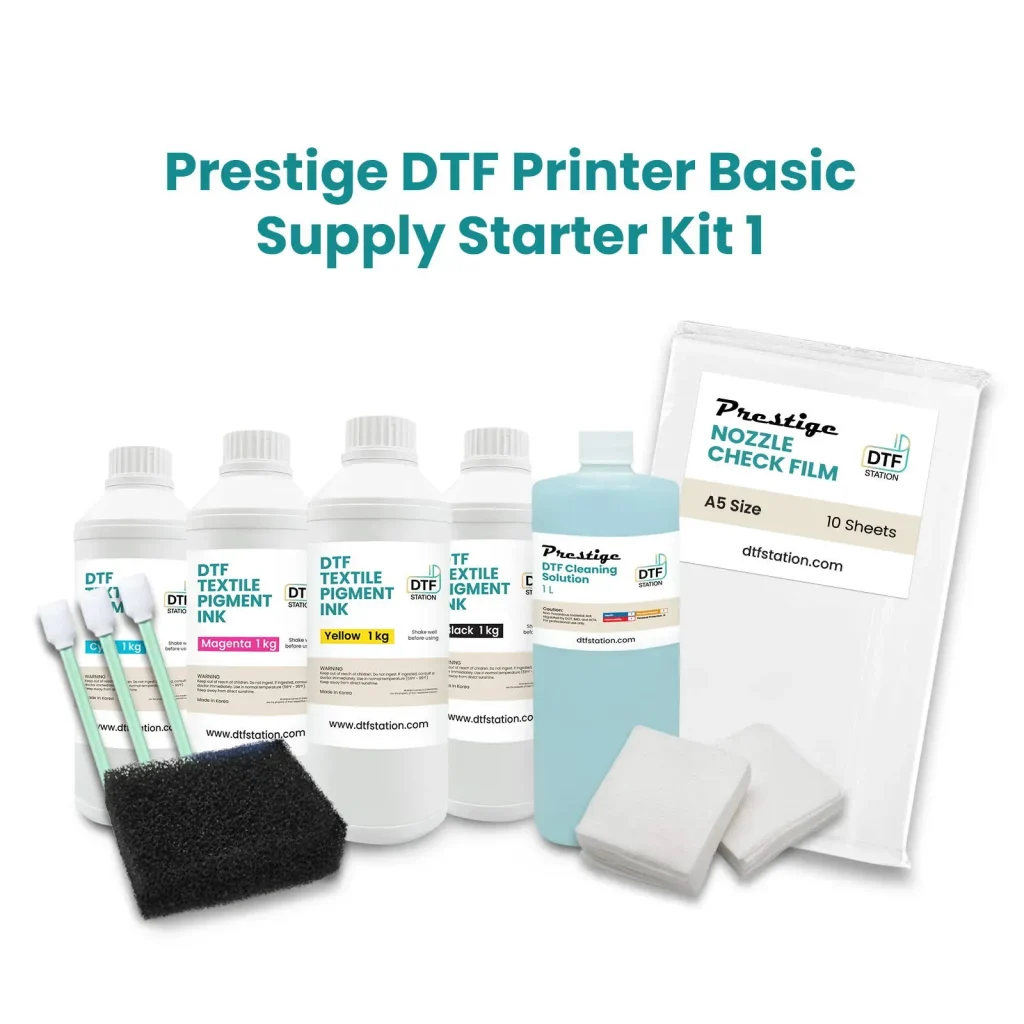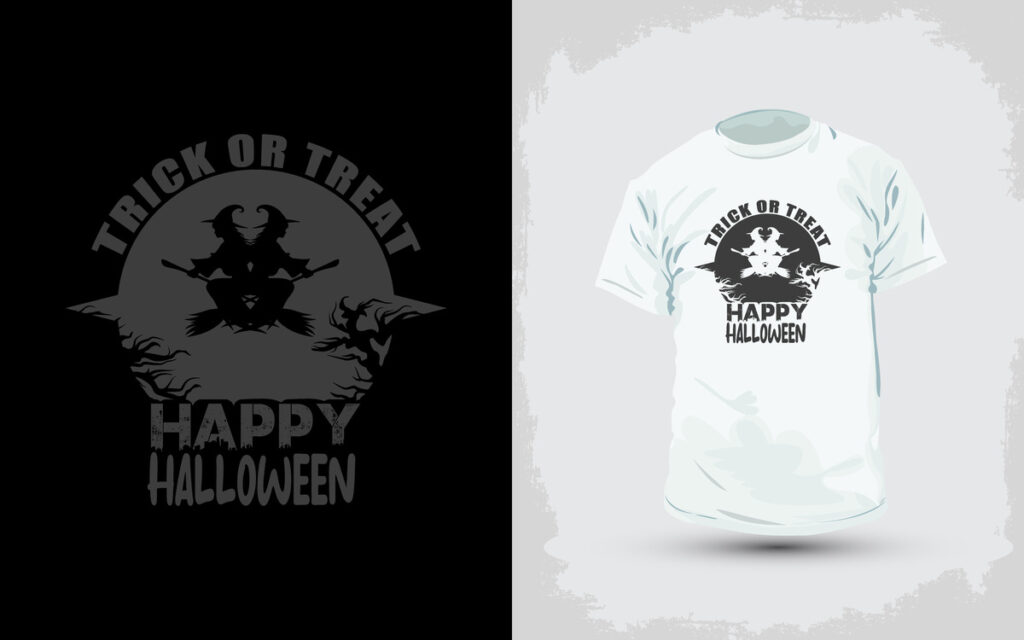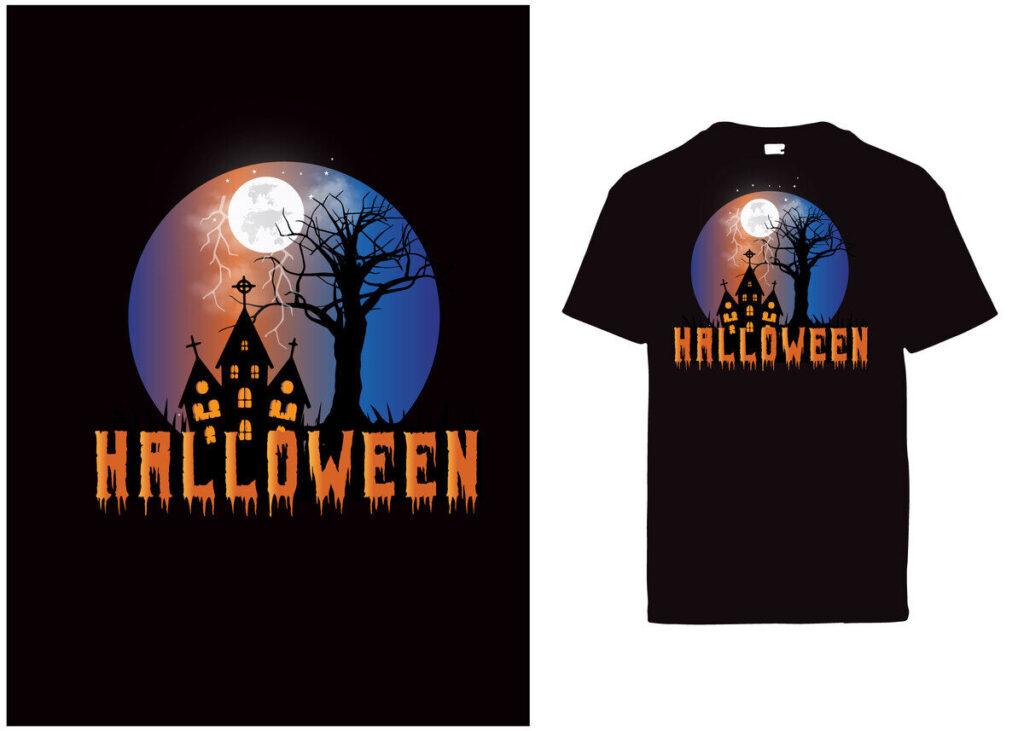DTF Supplies are at the forefront of the custom apparel printing industry, providing essential tools for those wanting to leverage the power of DTF printing technology. This innovative Direct-to-Film printing method allows for vibrant, long-lasting designs on a diverse range of fabrics, making it an ideal choice for businesses aiming for high-quality output. By understanding the critical components of DTF supplies, including eco-friendly inks and the proper heat press for DTF applications, you can ensure successful production processes. Whether you’re just starting or looking to optimize your existing setup, the right supplies can make all the difference in achieving stunning results. Dive into this guide to uncover the necessary elements that will set you up for success in the booming world of custom apparel printing.
In the realm of personalized clothing and fashion, Direct-to-Film techniques are reshaping how designs are applied to garments. By utilizing advanced DTF equipment and materials, businesses can produce striking visuals that cater to increasingly discerning consumers. This approach to garment decoration not only requires reliable supplies but also an understanding of the printing methods involved, such as the various formulations of environmentally friendly inks. As you embark on your journey in custom clothing production, mastering these terms and the associated equipment will be crucial to your success. From quality printers to efficient heat transfer options, an investment in the right tools will set you apart in a competitive market.
Introduction to DTF Printing Technology
Direct-to-Film (DTF) printing technology has rapidly gained popularity among custom apparel manufacturers due to its efficiency and high-quality output. Unlike traditional printing methods, DTF technology involves printing designs onto a specially coated film before transferring them onto garments. This method allows for detailed images and vibrant colors that adhere well to various fabric types, making it an ideal choice for anyone looking to elevate their apparel offerings.
The DTF process has distinct advantages over other techniques, such as screen printing or direct-to-garment (DTG) printing. DTF allows for faster production times and eliminates the need for complicated setups. This is especially beneficial for small businesses or startups, as it reduces the initial investment in equipment and materials while providing flexibility to experiment with different designs. Understanding the principles behind DTF printing technology is crucial for anyone considering venturing into custom apparel creation.
Essential DTF Supplies for Success
To successfully execute DTF printing, a selection of key supplies is essential. First and foremost, you will need a DTF printer designed to accommodate the unique requirements of this printing method. These printers provide high-resolution outputs and are compatible with the eco-friendly inks that maximize both the quality and the environmental sustainability of your prints.
In addition to the printer, high-quality transfer films are vital. These films have a special coating that allows for superior adhesion when transferring prints onto fabric using a heat press. A reliable heat press for DTF also plays a significant role in ensuring that the design is transferred effectively, maintaining the integrity and vibrance of your artwork.
Choosing Eco-Friendly Inks for DTF Printing
One of the standout features of DTF printing technology is the ability to use eco-friendly inks, positioning your business as environmentally conscious. These inks are typically water-based and free from harmful chemicals, making them safer for both users and the planet. By opting for eco-friendly inks, you’re not just enhancing the print quality; you are also appealing to today’s consumers who are increasingly focused on sustainability.
Using eco-friendly inks means that your prints are not only vibrant but also more comfortable to wear. They allow for softer prints that do not feel stiff on the fabric, adding to the overall customer satisfaction. Furthermore, many suppliers now offer a range of eco-friendly ink formulations specifically designed for DTF printing, ensuring that you have access to top-quality options.
The Role of a Heat Press in DTF Printing
The heat press for DTF printing is crucial in the transfer process, and selecting the right heat press can significantly impact the quality of your final product. A heat press designed for DTF applications allows for precise temperature and pressure adjustments, ensuring that images transfer correctly without damaging the material. Remember, not all heat presses are created equal; hence, investing in a professional-grade model can yield better, more consistent results.
When using a heat press for DTF prints, pay attention to the recommended temperature and duration to achieve optimal results. Mastering these settings will not only enhance the durability of your prints but also contribute to their vibrant colors and detailed designs. It’s worth testing with sample fabrics to find the ideal conditions, ultimately achieving the best outcomes for your custom apparel.
Innovations in DTF Supplies and Techniques
The realm of DTF printing supplies is continually evolving, with manufacturers regularly introducing new innovations that enhance the efficiency and quality of the printing process. Recent advancements include improved formulations for transfer films and inks, which offer better cling and color retention even after multiple washes. This ensures that custom apparel maintains its appeal over time, satisfying both the manufacturers and their customers.
Additionally, new and improved DTF printers are being released that integrate cutting-edge technology for faster processing speeds and superior print quality. These innovations are making it easier for businesses to scale up their production without sacrificing quality, providing a competitive edge in the bustling custom apparel market.
Understanding the Market Demand for DTF Apparel
As consumer demand for unique and personalized clothing rises, understanding the market demand for DTF apparel becomes vital for businesses within this industry. DTF printing offers an array of advantages that cater to customer desires for customization and individuality, which are key in today’s retail environment. Businesses that leverage DTF technology can fulfill niche market demands, creating products that stand out thanks to vibrant colors and intricate designs.
Moreover, the growing trend toward sustainability also influences market demand. Consumers are increasingly investing in brands that prioritize eco-friendly practices, making it pivotal for businesses to incorporate environmentally friendly materials and processes in their DTF printing operations. By aligning with these market trends, companies can enhance their brand appeal while capitalizing on the popularity of DTF apparel.
Frequently Asked Questions
What are the essential DTF supplies for Direct-to-Film printing?
The essential DTF supplies include a high-quality DTF printer, transfer films, eco-friendly inks, as well as a reliable heat press for DTF application. These components work together to ensure vibrant and durable prints on various fabrics.
How does DTF printing technology differ from other printing methods?
DTF printing technology sets itself apart by allowing direct transfer of designs onto films which are then applied to fabrics. Unlike traditional methods, DTF can produce bright colors on a wide range of textiles while maintaining durability and washability.
Can I use any heat press for DTF printing?
Not all heat presses are suitable for DTF printing. It’s crucial to use a heat press specifically designed for DTF applications to ensure even heat distribution and optimal adherence of the transfer film onto the apparel.
What are the benefits of using eco-friendly inks in DTF printing?
Using eco-friendly inks in DTF printing not only reduces environmental impact but also enhances the softness of prints on fabrics. These inks are typically less toxic, making them a safer choice for both users and consumers.
Is Direct-to-Film printing suitable for all types of fabrics?
Yes, DTF printing is versatile and can be used on a wide variety of fabrics including cotton, polyester, and blends. This adaptability makes DTF supplies an excellent option for custom apparel printing.
Where can I find quality DTF supplies for my printing business?
Quality DTF supplies can be sourced from specialty printing suppliers, online marketplaces, and local distributors. It’s important to choose reputable retailers that offer a wide range of DTF products, including printers, heat presses, and eco-friendly inks.
| Key Aspect | Details |
|---|---|
| Definition of DTF Printing | DTF printing is a method that transfers designs onto fabrics using high-quality ink and transfer film. |
| Advantages of DTF Supplies | Enables vibrant prints, compatibility with various fabrics, and is more cost-effective for small runs than traditional methods. |
| Essential Components | Includes DTF printers, eco-friendly inks, heat presses, transfer films, and powder adhesives. |
| Eco-Friendliness | DTF supplies often use eco-friendly inks, making them a sustainable choice for printing. |
| Target Market | Ideal for small businesses, startups in custom apparel, and larger manufacturers looking to expand their product range. |
Summary
DTF Supplies are essential for anyone looking to succeed in the custom apparel market today. Understanding the fundamentals of DTF printing technology is crucial, as it allows businesses to create stunning prints that stand out. By investing in high-quality DTF supplies, including cutting-edge printers, eco-friendly inks, and proficient heat presses, companies can ensure not just aesthetic appeal but also durability and environmental responsibility. As the demand for custom apparel continues to grow, leveraging the right DTF supplies will be a game changer for businesses aiming to thrive in this competitive space.



